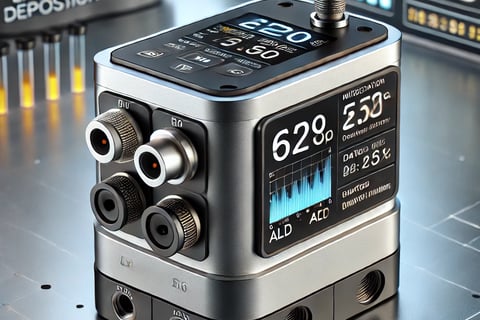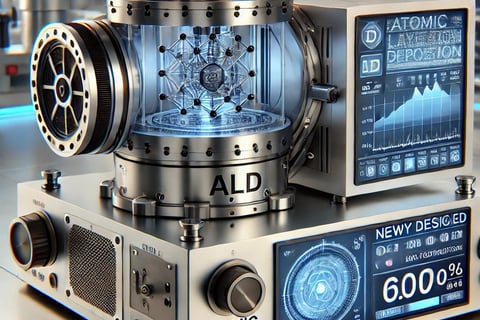About Innothium-
At Innothium LLC, we are dedicated to pushing the boundaries of research and development in the field of lithium battery materials. With expertise in ALD and PVD coating research, and plasma technology, we strive to deliver cutting-edge solutions for various industries.
Our Services
We provide diverse services like lithium battery research, button battery testing, material surface modification and coating, jewelry coating, plasma and sputter technology, glove box systems, and drone show performance.
Lithium Battery Materials
Advanced Coating Technologies
Our expert team offers advanced solutions in lithium battery materials and coating technologies like ALD, PVD, and plasma coating, ensuring quality and efficiency in every project




Customer Reviews
Innothium has been instrumental in helping us achieve significant advancements in our lithium battery technology. Their expertise and dedication to innovation set them apart.
We are extremely satisfied with the services provided by Innothium. Their coating technologies have greatly improved the performance of our products.
Testimonials











